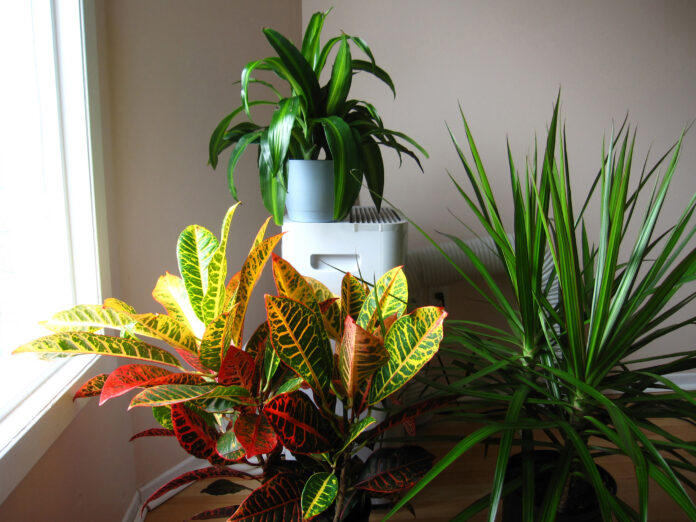
By Mark and Ben Cullen – Gardening
Gardening is an evolution. Canadians do not suddenly garden outdoors, then indoors over night. You might be raking leaves one day and cleaning your hoya indoors the next, then planting a tree the following day.
Your tropical plants are going through many changes, much like outdoor plants are.
The gradual reduction in day length is part of the system that creates a host of change for indoor plants. Sunlight is less intense each day, as the earth tilts further from the sun.
Your furnace comes on to keep the house cozy for humans, drying the air and creating havoc for some tropical plants. Certain insects come alive.
What to do? Our advice:
- Cut back on watering. Almost all tropical plants require less water from now through March as they are growing slowly, if at all. Test the need for water by pushing your finger into the soil up to your second knuckle. If the soil is cool, it is damp enough for most plants. When it is dry 2 to 3 centimetres deep, it is time for a drink. Let the water move through the soil, into a saucer or your sink, then drain the excess away. No tropical likes to sit in water for long: an invitation for root rot.
- Fertilizer. When a plant performs poorly, we often are tempted to reach for a fertilizer to “fix it”. Resist. The plant is speaking to you, and it is not saying that it is hungry. It is more than likely telling you that it needs more sunlight, or it has an insect infestation. Or you overwatered it, in which case re-read #1.
- Insect infestations. The three main enemies of tropical plants this time of year are mealy bugs, fungus gnats and spider mites. Here is what we recommend for treatment:
- Mealy bugs. Small, crawling insects that suck the goodness from tender stems and leaves. One-centimetre-long flattened blobs that resemble cotton batten. You can squish them with your fingers if you have the stomach for it. Or, using a small artist’s paint brush, coat them in undiluted rubbing alcohol. This will take some time on a big plant so you might want to turn on the tv while you do this job.
- Fungus gnats make themselves known while you read the newspaper, maybe even this article. They love to divebomb the paper itself (sorry e-readers). The other way to detect these tiny little “fruit flies” is to disturb the surface of the soil by scratching with a fork. If a cloud of small, black flies descends, voila! The solution is to cut way back on watering as fungus gnats are only interested in eating fungus that is growing in damp soil. Starve the fungus, starve the gnats. Continue to scratch the soil weekly until they disappear.
- Spider mites. Tough ones. Small red bugs about the size of a head of a pin. You can detect them when leaves turn yellow, by placing white copy paper under the plant while you give it a shake. The mites will fall onto the paper and contrast with it. The best solution is to wipe the leaves of the plant down using a clean, soft rag that is soaked in insecticidal soap weekly. If that does not work, place the pot in a plastic bag, tie the top to protect it from becoming overwatered and put the plant in a shower for 5 minutes or so. Mites hate moisture and love dry air. Do this weekly until you no longer detect the mites.
- A tip for all indoor gardeners. The Canadian winter is long. Remember, indoor plants are tropical. They are used to the rain forest or desert, depending on their native home. They did not originate inside of our homes. Be patient with them and expect some dropped and yellowing leaves, as they acclimatize to their indoor winter environment, especially if they lived out of doors for the summer.
Most tropical plants do not thrive in our winter conditions, they exist. As indoor gardeners, we can only make this existence more comfortable for them.

